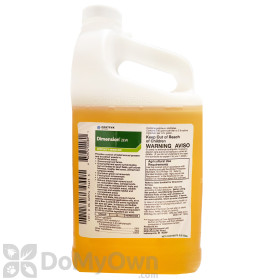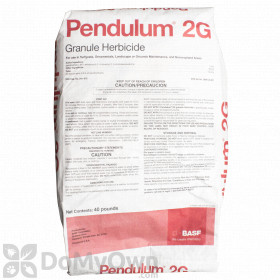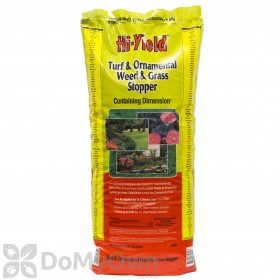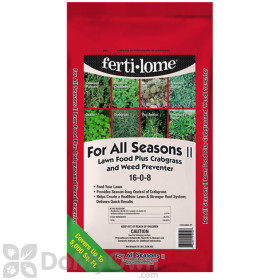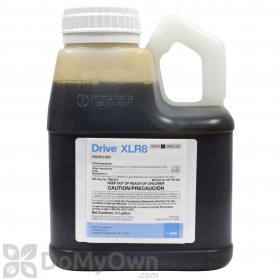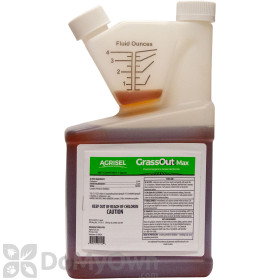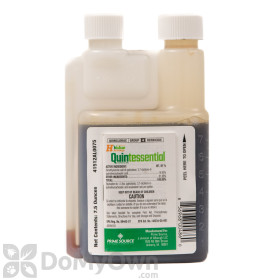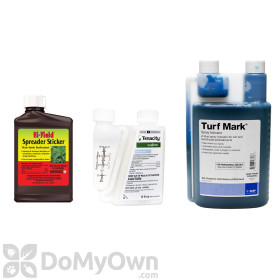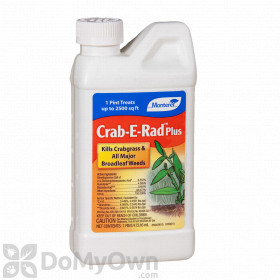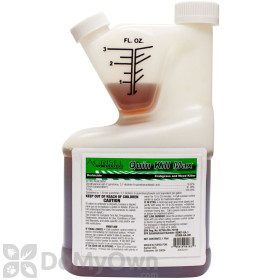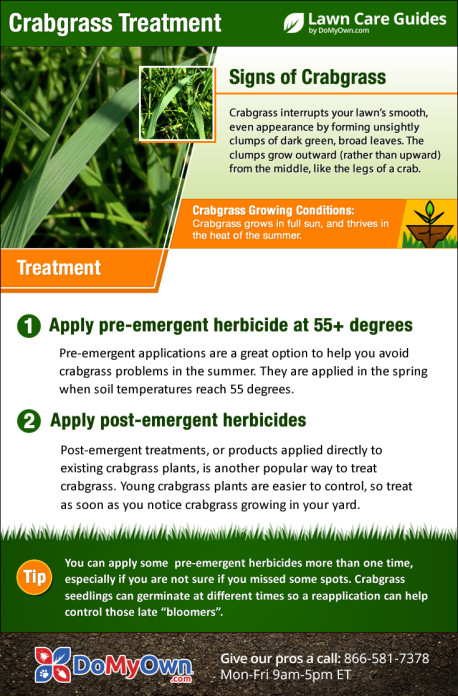Use Crabgrass Killer Products
Preventing crabgrass from growing in your lawn requires the proper application of pre-emergent weed prevention products. Once crabgrass is present in your lawn, you can control it with a post-emergent herbicide crabgrass killer product, or other weed killers applied directly to the weeds once they've begun to grow.
Continue reading below to learn more about how to use each of these steps and the professional-grade products our team of experts recommend to help you control crabgrass in your lawn.
Pre-Emergent Weed Prevention
- In order to work properly, pre-emergent herbicides need to be in the soil before the crabgrass seeds start to germinate. Germination begins generally when the soil temperatures reach 55 degrees. This is around early spring, but the exact month will vary depending on where you live. Your local extension office can give you tips on when to apply pre-emergents in your area.
- Choose a product labeled for control of crabgrass.
- Many of these products must be watered in and may have other recommendations that aim to keep your desirable grass healthy and help the product work as best as possible. Read the entire label and follow directions carefully.
Products needed for Step 1
Apply A Post-Emergent Crabgrass Herbicide
- Treat crabgrass plants early in their growth cycle, since young plants are much more easily controlled. Once plants get too large, usually the middle of July, they are much harder to kill.
- The treatment area may have to be watered before application to prevent damage to grass; follow the instructions on the label.
- Depending on which crabgrass killer you select, it may be recommended to add a surfactant or methylated seed oil (MSO) for optimal results.
- You may also have to avoid mowing before or after application, so make sure you read your product's label carefully.
- Avoid applying your crabgrass weed killer when your turf is stressed from dry or drought conditions or when temperatures are above 85 degrees.
- Read the product label very carefully and ensure you have chosen the right product that is safe for your lawn.





